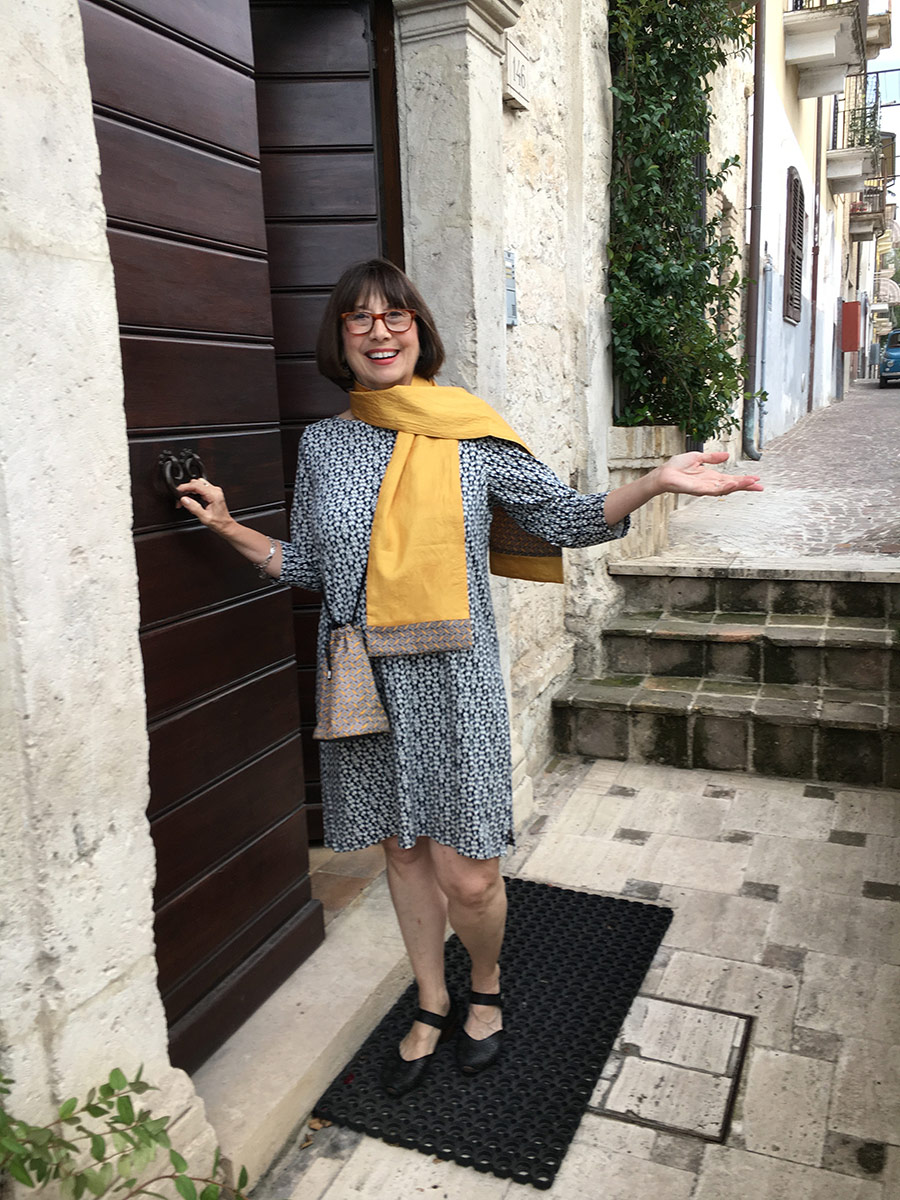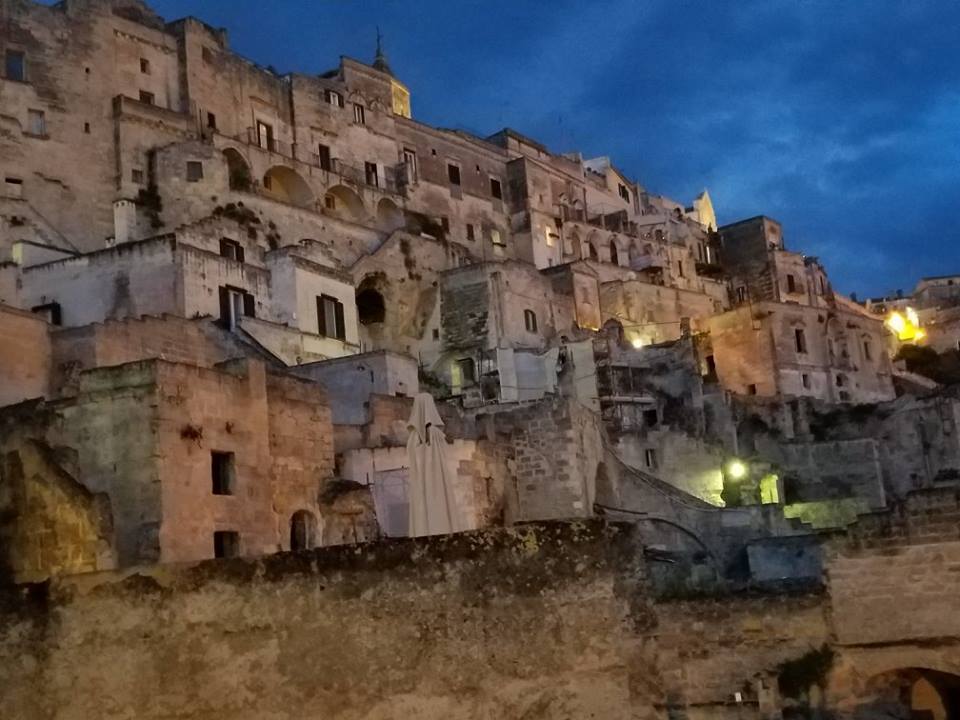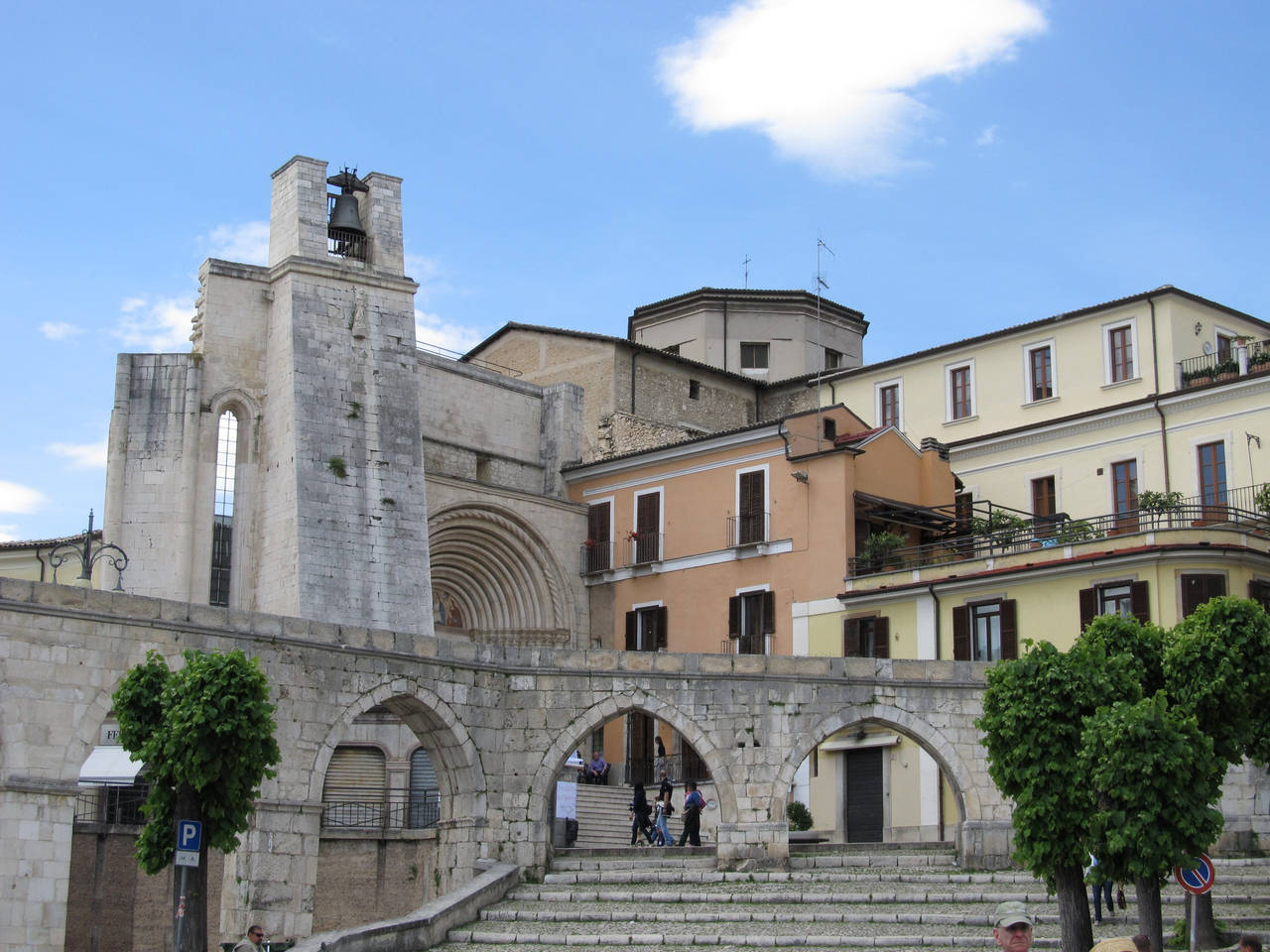Remember what Bilbo used to say: It’s a dangerous business, Frodo, going out your door. You step onto the road, and if you don’t keep your feet, there’s no knowing where you might be swept off to. — J.R.R. Tolkein
Once we went out the door and ended up on the Piazza delle Erbe in Mantova (Mantua). It was raining and I had on
crop pants and rubber sandals and I was fighting the hydroplaning with every step and we had parked clear across the city from where we wanted to be, but never mind. Mantova is still a special place. The Gonzagas thought so in the 14th century, and made it one of Italy’s true artistic hubs. Reubens, Donatello and Pisanello owe much of their success to this shrewd family. The Roman poet Virgil supposedly hails from Mantova. And, also before the Gonzagas, the struggles between the Guelphs and the Ghibellines happened on Mantovan soil. I’m not much of a history buff, so you’ll have to look that one up. I only know that these names are very present in modern day Mantova, in museums and street signs and such.
Shakespeare was here, too, in his plays, at least. Remember that Romeo is exiled to Mantova after killing Tybalt in Romeo and Juilet? And the schoolmaster from The Taming of the Shrew is from Mantova. Finally, Verdi’s masterpiece, Rigoletto, is set in this city.
Mantova is in the region of Lombardy, in the north, and is surrounded by three man-made lakes (boringly named Superiore, di Mezzo and Inferiore) that receive their waters from the beautiful Mincio. The mists from these lakes can create quite an atmosphere — romantic or melancholy, depending on your disposition — and there is much to see within the compact centro storico of the city.
On that fateful, rainy day when we parked on the wrong side of the city, we headed immediately for the Palazzo Ducale, the massive building that houses the entire history of the Gonzagas, Mantova’s ruling family from the 14th to the 18th centuries. Their military skills and habit of marrying into other wealthy and important families brought them fame, power and the respect of the finest artists of the day. The Palazzo, actually comprising a number of different buildings, is not beautiful in the ordinary sense, but its 30,000+ square feet of artifacts, frescoes, tapestries, staircases and unusual rooms make it worth seeing. Don’t miss the Galleria degli Specchi (Hall of Mirrors) and Appartamento dei Nani (Apartment of the Dwarves), not to be confused with the Sala dei Gigante (Room of the Giants) over at the Gonzaga’s Palazzo Te, which also houses the city’s Museo Civico with its coins and medallions and other artifacts of the family’s wealth and power.
Of course, there’s a church to see: the Sant’Andrea Basilica, the polar opposite of the usual big-city Italian cathedral. In this case, a Renaissance façade fronts a very simple 15th-century church, the results of which are startling to the eye. The crypt has a reliquary (of course) that allegedly contains the blood of Christ, brought to Mantova by Longinus, the Roman soldier who pierced Christ’s side on the cross. If you happen to be in town on the feast day (March 18, for San’Anselmo) you can see it paraded through town. And you’ll be charmed by the Rotunda di San Lorenzo, a small church in the round that dates from the 11th century. (And we think Jamestown is old . . .)
There’s a lot going on in Mantova. Since 1997, Mantova has hosted five days of readings, meetings with writers, shows and concerts during its September Festivaletteratura, the most important literary event in Europe. Writers from around the world are invited to come and speak and read and partake in the festivities. The third weekend of July features a jazz festival. And the Piazza delle Erbe is the scene of a major food market, Mondays through Saturdays from 8 am to 1 p.m. On Thursday mornings, you’ll find an expanded market that includes clothing, housewares and even more kinds of food and goodies.
As an Italian movie buff, I have always wanted the opportunity to say to some young, handsome signore, “Ciao, Marcello.” So very Sofia Loren, eh? And I got my chance in Mantova. After the Palazzo Ducale (and after drying out a bit in the lavatory) we decided that it was time for lunch. So we headed back to the Piazza delle Erbe (square of the herbs) to find a suitable place. We found it. Ristorante Pizzera Osteria delle Erbe was a find. A small, narrow restaurant on the square, under the porticos, with an outside caffe (not in use on this particular day) and a welcome inside. There was a huge window that opened up to the outside, but we chose a table in the back among the artily stuccoed brick walls and copper cooking artifacts. The wines warmed us up right away and attitudes adjusted for the better. The food was perfect: inexpensive, fresh and local. Homemade papardelle with sage and butter sauce, tortellini stuffed with pumpkin, local fish, and risotto. This area has been famous for its risotto since the 1500s. The truffle risotto and funghi risotto are my absolute favorites.
And Marcello? He was our waiter. A handsome, delightful young man who spoke very good English (although he said he was embarrassed by it, he shouldn’t be) and who seemed to be enjoying us as much as we were enjoying him. Throughout most of Europe, being a waiter is an honorable profession, unlike in the U.S,, where it is often a holding place for something “better.” But here, service is a time-honored profession and often results in ownership of the establishment if you stick with it long enough. Marcello, however, had a bigger dream. He wanted to be a waiter, but in America. San Francisco, to be exact. Oh, how we tried to talk him out of it! Now, San Francisco is a great city, but the whole waiter thing would have been a massive disappointment to him. Several months later, we learned that he had changed his mind and was going to stay in his native Italy. Disaster averted!
Anyway, we lingered for a long time at the restaurant, enjoying caffe and dolci, taking pictures, drying out, but then it was time to go. Marcello walked us out and I finally got to say my line. Too softly, at first, and then I blurted it out in my best carefree Italian heroine voice, Ciao, Marcello! And ciao, Mantova. A presto!
Buon viaggio!

Linda Dini Jenkins is a card-carrying Italophile, travel planner, freelance writer, and amateur photographer. Travel is her passion, so writing about her travels just comes naturally. She hopes all her travelers find a way to express their joys, surprises, and fears as they travel and gives every traveler a nifty journal to help smooth the way. Learn more…







